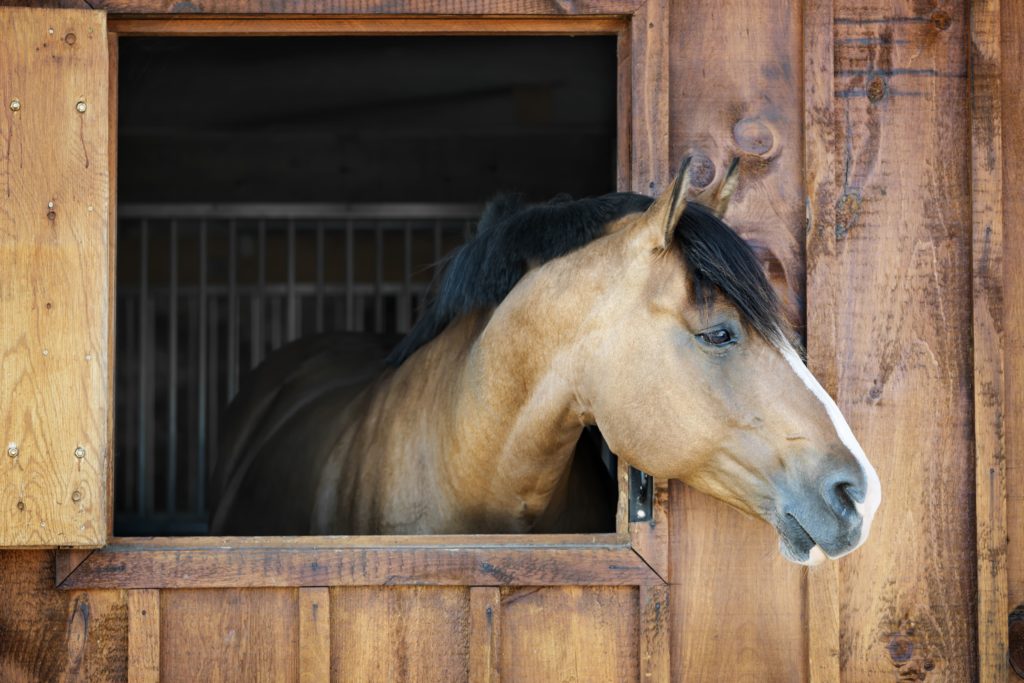Summer is finally here! Glorious as it is, don’t you sometimes feel too hot? Well, you wouldn’t be the only one. Our pets can struggle too, especially in heatwaves. So, let’s take a special look at horses today, and how we can help them with overheating through the hot and humid weather.
1. Prevention
Of course, ideally your horse will never overheat or get heatstroke, because you’ll be prepared! Here’s what you can do to prevent your horse getting too hot in the first place:
- Provide constant access to unlimited fresh water
- Provide shade, natural or man made
- Apply sun cream to any pink areas of skin (RSPCA suggests child-safe factor 50)
- Avoid riding in the heat of the day
Nonetheless, horse owners need to know how to help a horse who has managed to overheat.
2. Check for Symptoms
Heat
The first step is identifying if your horse is too hot. Obviously, they may struggle in a heatwave, but even moderate summer heat – especially coupled with high humidity – can get to them. Overheating symptoms in horses are quite similar to our own, so they should be easy to spot:
- Sweating
- Tiredness
- Eating less
- Drinking less
- Dark urine
- Less frequent urination
- Increased heart rate
Hydration
Dehydration is often closely connected to overheating. You can check a horse for dehydration just like you can check yourself, with the skin-pinch test. If you pinch the skin on its neck and it doesn’t return to normal almost immediately, but rather stays in the lifted position for a few seconds, they’re probably dehydrated. (If you didn’t know, you can check your own hydration with this method using the skin on your knuckles.)
Another method as suggested by the RSPCA is as follows: “If your horse will let you, lift the upper lip of the horse and look at the gums above the teeth. The gums should be a healthy pink colour, shiny, moist and slippery. If they’re pale, dry or tacky this can be a tell-tale sign of dehydration. A quick and easy test can be performed by applying firm pressure to the horse’s gums with a thumb and seeing how long it takes for the pink colour to return after the thumb is removed. This should normally take 1-2 seconds; if it takes longer than this your horse may be suffering from dehydration.”
3. Cool & Hydrate
Heat
If your horse is displaying symptoms of overheating, it is important to cool them down immediately. Dousing them with cool water, such as with a hose, for 15 minutes or so should help them return to a normal temperature. Then, moving them out of the sun should help them stay cool. If they still seem to be struggling, as evidenced by an unsteady walk, or disinterest in their surroundings, contact your vet immediately as they could be suffering with heatstroke or heat exhaustion.
Hydration
If your horse is displaying symptoms of dehydration, providing them with unlimited fresh drinking water is a must. However, fluids aren’t the only thing lost in sweat. When we (and horses) sweat, we lose important electrolytes (a type of mineral) from our bodies that we need to function. To make up for what horses lose when they’ve sweat excessively, they can take extra electrolytes. This can either be achieved by adding them to their water, adding salts to their food, or providing a simple salt lick. Always consult a vet to decide which is the best solution for your horse.
If you’re ever in need of equestrian care whilst on holiday, get in touch with your local We Love Pets branch. We’d love to hear from you and would be happy to help!




